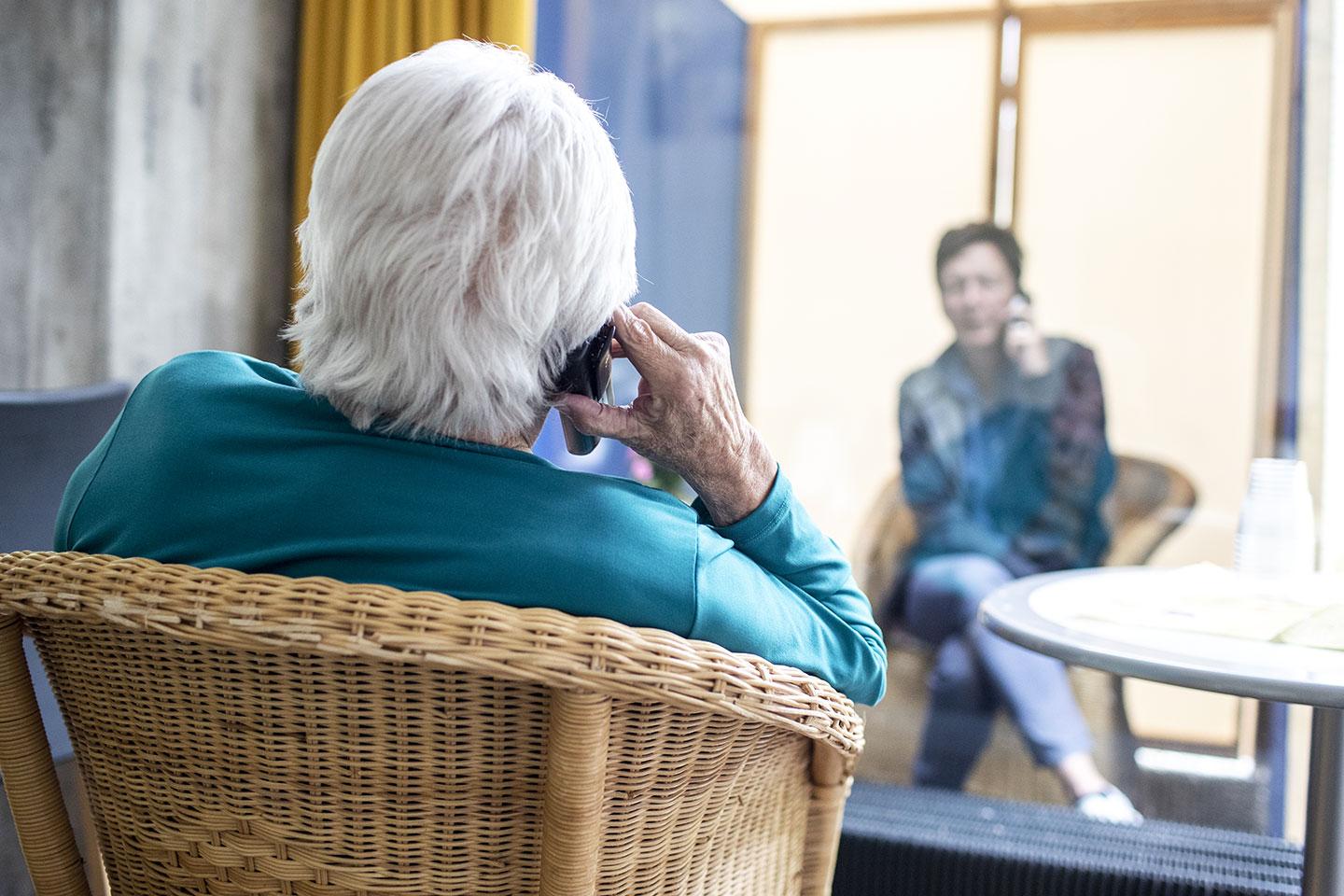Pandemic control in nursing homes

Non-pharmaceutical interventions are an effective way of controlling pandemics, but they can also have detrimental effects. This project will investigate the benefits and harm resulting from such interventions in nursing homes.
Project description
The coronavirus pandemic created a complex situation in nursing homes. To protect the lives of extremely vulnerable elderly people, homes adopted several non-pharmaceutical interventions, including restricting movements and banning visits. However, these are known to have directly and indirectly had detrimental effects, such as loneliness and feelings of depression. The project will investigate the underlying mechanisms and consequences of the dichotomy created by the benefits and detrimental effects of non-pharmaceutical interventions. To obtain a comprehensive understanding of local pandemic provision practices and social isolation measures in nursing homes, the researchers will examine the perspectives of residents and their relatives, care staff and home managers.
Background
During the Covid-19 pandemic, various non-pharmaceutical interventions were used to keep nursing home residents safe. While such measures can be effective in controlling the pandemic, they may also have detrimental effects. This dichotomy of harm and benefit raises a large number of important questions: What effects did the measures have? Can they be improved? What can be done to balance harm and benefit?
Aim
The aim of the project is to obtain a comprehensive understanding of local pandemic provision practices and social isolation measures in nursing homes and to determine the effects of these practices and measures on residents and their relatives as well as on care staff in the context of the Covid-19 pandemic.
Relevance
The study will help resolve the dilemma posed by non-pharmaceutical interventions in nursing homes. Since the results will include real-world recommendations obtained directly from the people affected, they could directly inform future pandemic plans by factoring in the narrow dividing line between epidemiological effectiveness and quality of life.
Application
The project will provide an empirical resource as a contribution to policy development intended to protect an extremely vulnerable section of the population. Brochures containing recommendations and teaching materials will be produced to inform scientists, politicians and the public about the results of the study. Relevant stakeholders will be invited to a “future workshop”, which will develop new ideas and solutions.
Original title
COV-19-DILEMMA: Between Protection Benefit and Social Harm. Impact of Non-Pharmaceutical Protective Measures in Nursing Homes
Publications
The publications of the project can be found in the SNSF Data Portal.
